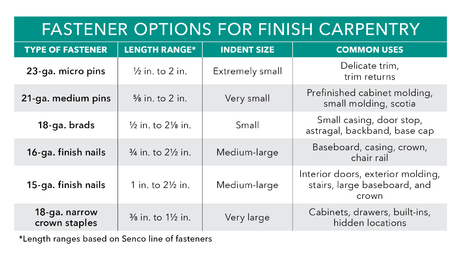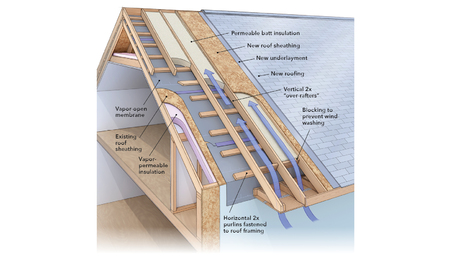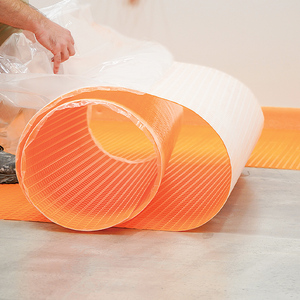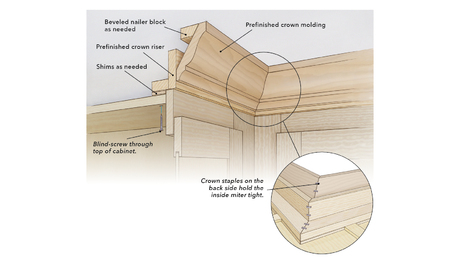What Size Nails?
Fastener choice in finish carpentry all comes down to one thing: matching the nail to the job.

I’m a first-year building-trades student, and a few weeks ago I walked down the nail-gun aisle of my local woodworking supply store and was blown away by the sheer variety of finish nailers on display. As someone beginning my path in the trades, I’m curious what each size fastener is used for, and if there are two or three that a professional carpenter or woodworker would recommend for someone just building a toolkit.
— J.P.; St. Clair Shores, Mich.
Associate Editor Grant Baver Replies
Overall, fastener selection in finish carpentry and woodwork is dictated by the size of the workpiece and location of the fastener. Generally, smaller workpieces or those where the fastener is in the visible part of the work warrant smaller fasteners, while larger workpieces or areas where the fastener will be hidden can use larger fasteners.
The smallest gauges of the common fasteners are known as “pins” and are found in both the 23-ga. headless and 21-ga. medium-head varieties. The 23-ga. pins are ideal for fastening small and delicate trim pieces while leaving a nearly invisible hole, while the 21-ga. pins provide more holding power but leave a slightly bigger hole (though still less than an 18-ga. “brad”). Both are good choices when the size of the nail hole needs to be minimized and the workpieces are small.
Continuing up in size, the 18-ga. brad is a good option for smaller trims like casing, quarter-round molding, and other decorative molding. Next, the 16-ga. finish nail can be found in both straight and angled varieties. The 16-ga. nailer is the workhorse on many trim-carpentry jobs, as it’s big enough to provide reasonable holding power yet still doesn’t create too big of a hole.
This makes it ideal for baseboards, chair rails, and crown molding. Finally, the 15-ga. finish nail is the largest of the group and is closest in size to a traditional hand-driven finish nail. The 15-ga. nail shines when holding power and strength are paramount, such as when you’re hanging interior doors or installing exterior trims.
Finally, no woodworker’s or finish carpenter’s toolbox is complete without an 18-ga. narrow crown stapler, which provides exceptional holding power anywhere the hole will be hidden, such as on the backs of extensions jambs or cabinets.
For a carpenter just starting out or a homeowner who wants to tackle basic trim tasks, I recommend having a 23-ga. pin nailer, an 18-ga. brad nailer, and a 16-ga. finish nailer. A 16-ga. nail is adequate for most situations, especially if you remember that you can often use trim screws where the increased holding power of a 15-ga. nail or 18-ga. staple may have been more ideal.
RELATED STORIES
- Deck-Fastener Options
- What’s the Difference: Fasteners for Pressure-Treated Lumber
- Fastener Placement
Need help?
Do you have more questions about choosing the right size fastener for the job? Get answers you can trust from the experienced pros at FHB. Email your question to [email protected].
Fine Homebuilding Recommended Products
Fine Homebuilding receives a commission for items purchased through links on this site, including Amazon Associates and other affiliate advertising programs.

BOSCH Compact Router (PR20)

DEWALT 18v Cordless Multitool (DCS355)
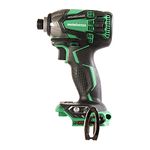
Metabo HPT Impact Driver (WH18DBDL2)

